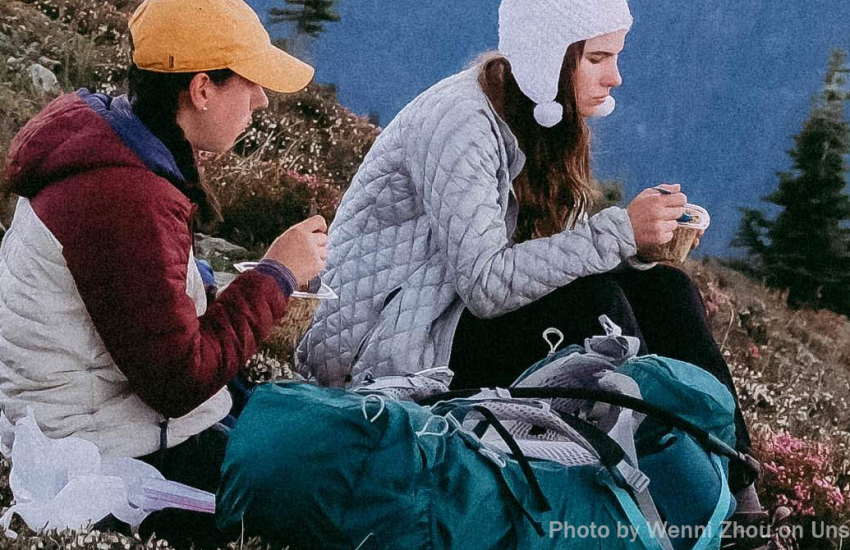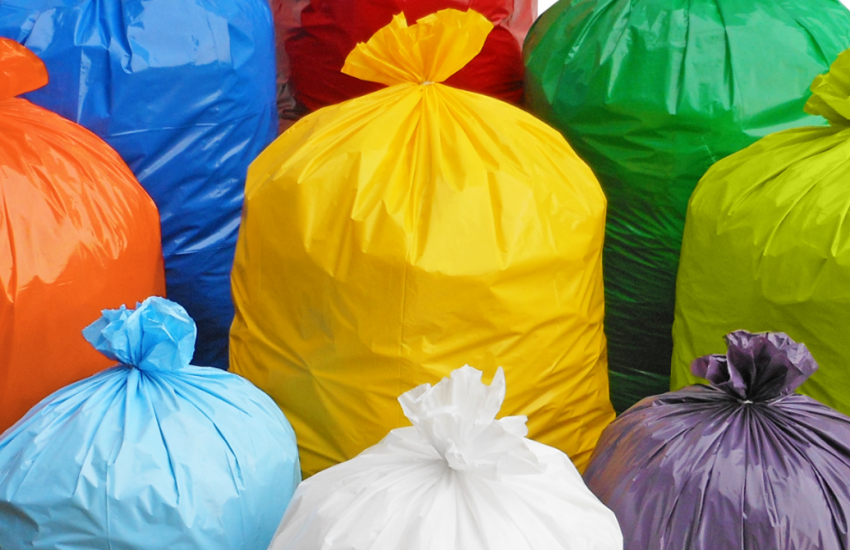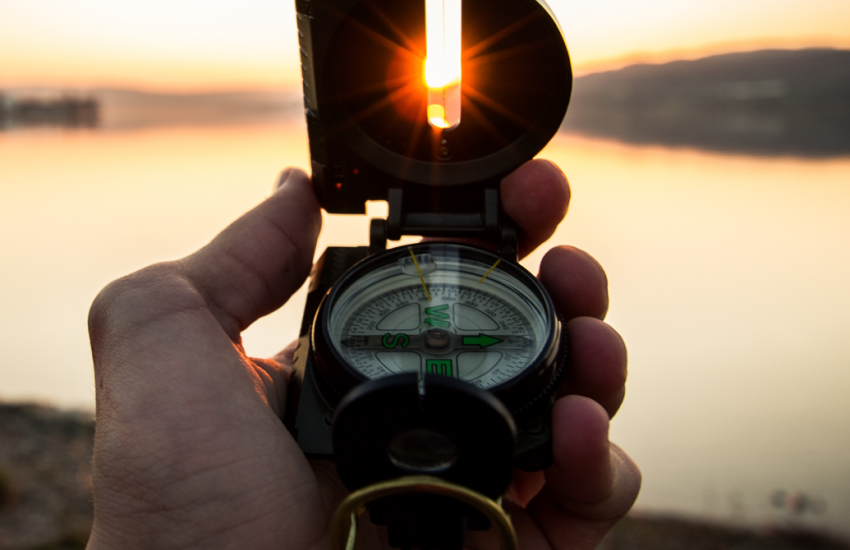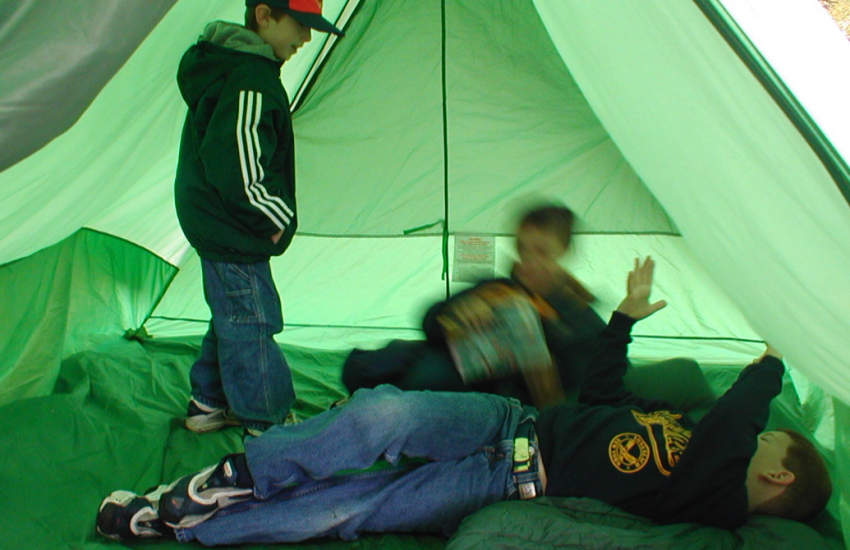Even if you don’t do backpacking with your Troop or Pack, these tips can help in all camping experiences.
Show Notes:
- Backpacking foods 1-pager (PDF) | Full Article.
- 50 Things to do with Ramen 1-pager (PDF) | Full Article.
- What you can add to oatmeal 1-pager.
- Ultra Light Backpacking Stove (Amazon)
- Backpacking cookware set (Amazon)
- Ultralight sleep pad (Amazon)
Transcript:
While your troop or pack may not do backpacking specifically, the tips and trips associated with backpacking food can be used in general camping as well.
Backpacking food breaks down into a few categories. The first is food storage, which is less about the quality of the food and more about considering wildlife when you pack. Unlike more traditional car camping where you might have a cooler to mask smells, backpacking requires you to take everything with you, and it’s important to consider the smells the emanate from your camp.
Backpackers burn a lot of calories on the trail. On average, hikers usually burn between 3000-4000 calories per day. It’s crucial to pack enough nutrients to give your body the energy it needs. A true calculation will also depend on your size, weight, age, and activity level.
The amount of supplies you bring needs to be balanced with the weight, where bringing too much food is one of the most common beginner backpacking mistakes.
One of the areas you have control of is the type of food you bring. Now some of this will depend on if you have access to fresh water or not. If you don’t it makes it harder, as you need to pack in the liquids, which add to your overall weight. If your backpacking adventure includes access to clean water for cooking it expands your food choices to items that require water to be added.
While you can go out and purchase specific hiker food like freeze dried meals, the cost of this can be prohibitive.
Freeze dried meals tend to cost around $7-12 each, but they’re also tasty, convenient, and don’t require any cleanup. Popular ones include Mountain House, MaryJanesFarm, Packit Gourmet, Backpacker’s Pantry, and Good To-Go.
With a little creativity and preparation however you can get your per cost meal down quite a bit. The easiest way is to begin with an add water product like oatmeal for breakfast or ramen for lunch or dinner. These are quite versatile, and you can make many meals with these as a base. I’ve included some handouts I gave out at a recent roundtable in the show notes.
Essentially using ramen as a base, you can include additional proteins like beef jerky or pre-cooked chicken, dried tofu or packaged tuna plus some spices to make a tasty filling meal without the added weight or refrigeration.
You can also get creative by visiting your local Indian supermarket or thrifty overstock market store.
The local Big Lots by me has a good selection of add water foods like pasta and cheese, and hearty add water soups. These generally run about two to four dollars and can help stretch your budget.
In the Indian realm you can get some pretty good boil meals for about $2.
One thing you should consider even if you aren’t backpacking is creating a condiment baggie out of items you tend to toss after fast food delivery.
By getting a snack size baggie, which is half the size of your standard sandwich bag, and filling it with frequently forgotten items like salt, pepper, sugar, soy sauce, ketchup, mustard, hot sauce and even lemon juice and tea bags. Take it and toss it into your pack and you will have it when you need it.
This can even make for a great low cost troop activity, so everyone is always prepared. But this is what works for us.
Take what you like and leave the rest, and as we say in Woodbadge, feedback is a gift, leave yours below in the comments, with the hope we can all learn together.
I’m Scoutmaster Dave, and this was backpacking foods.




